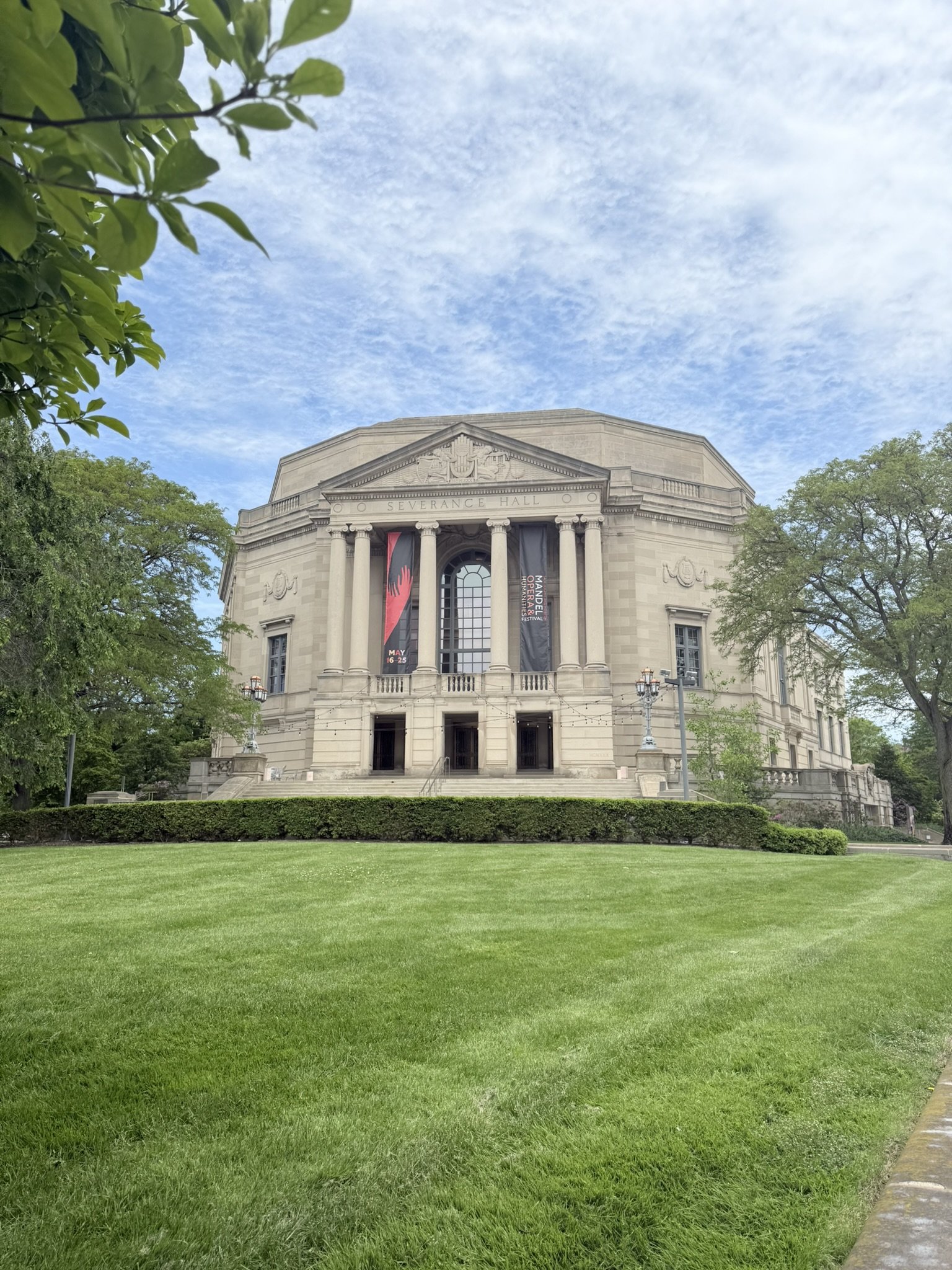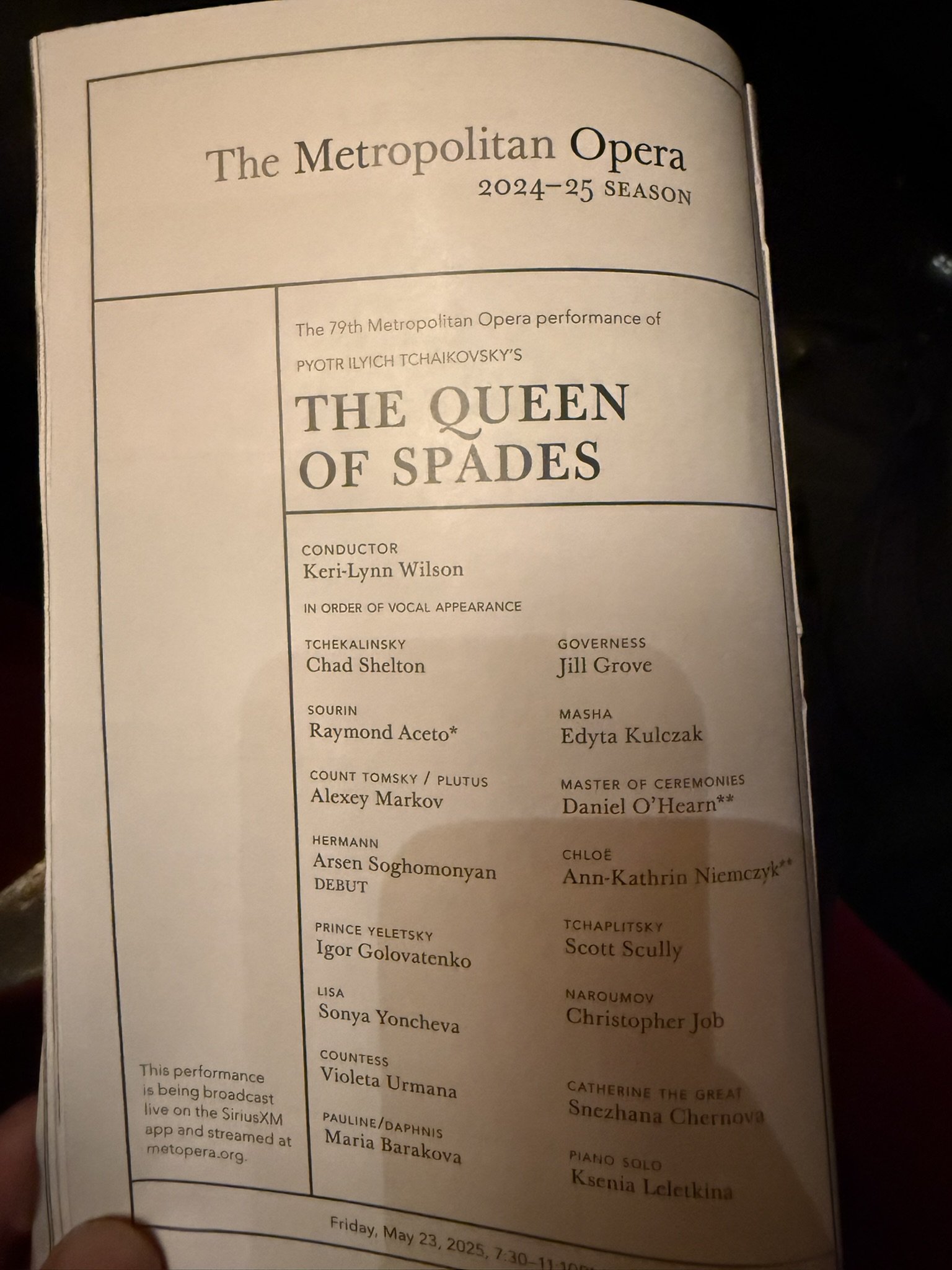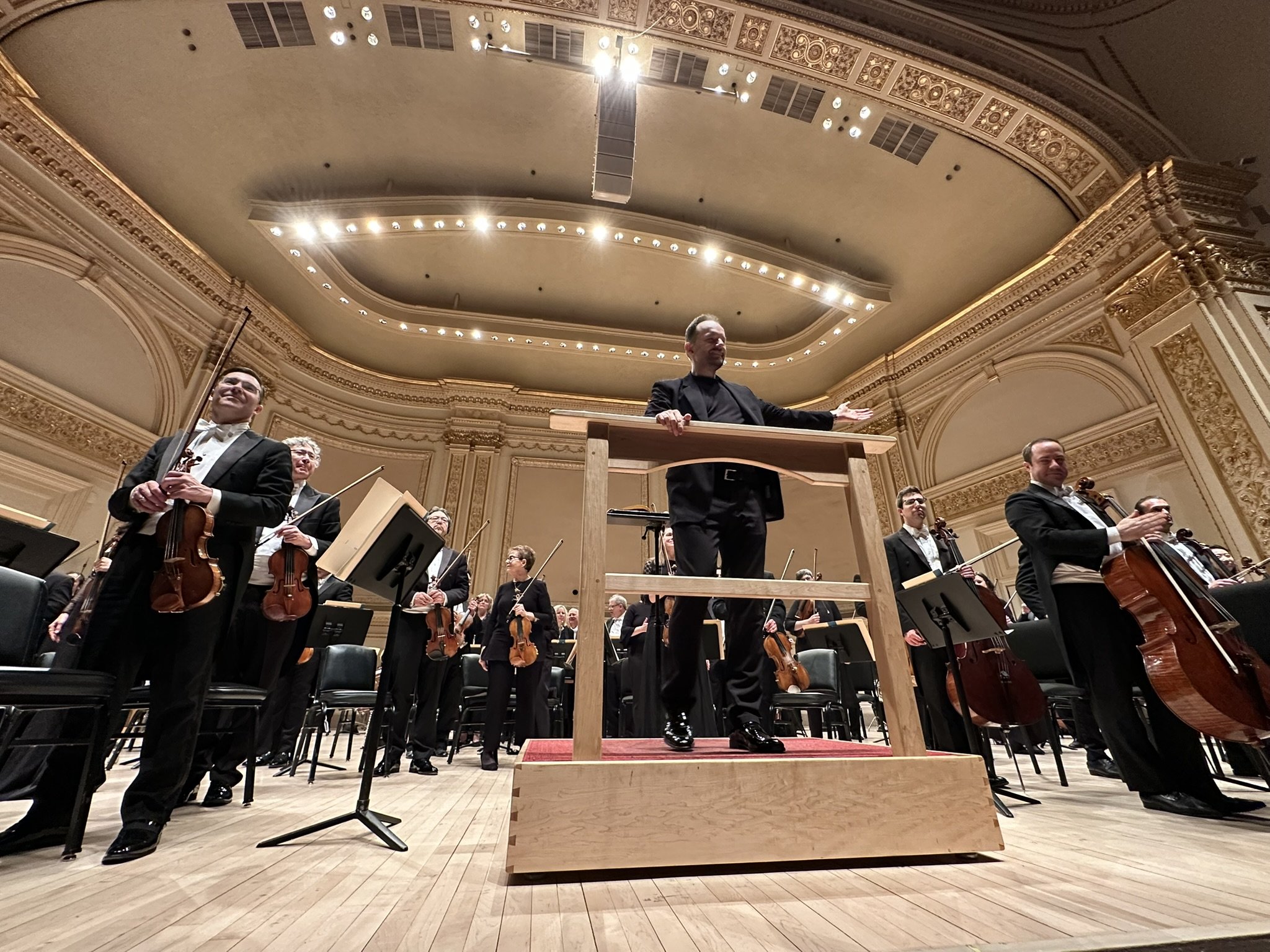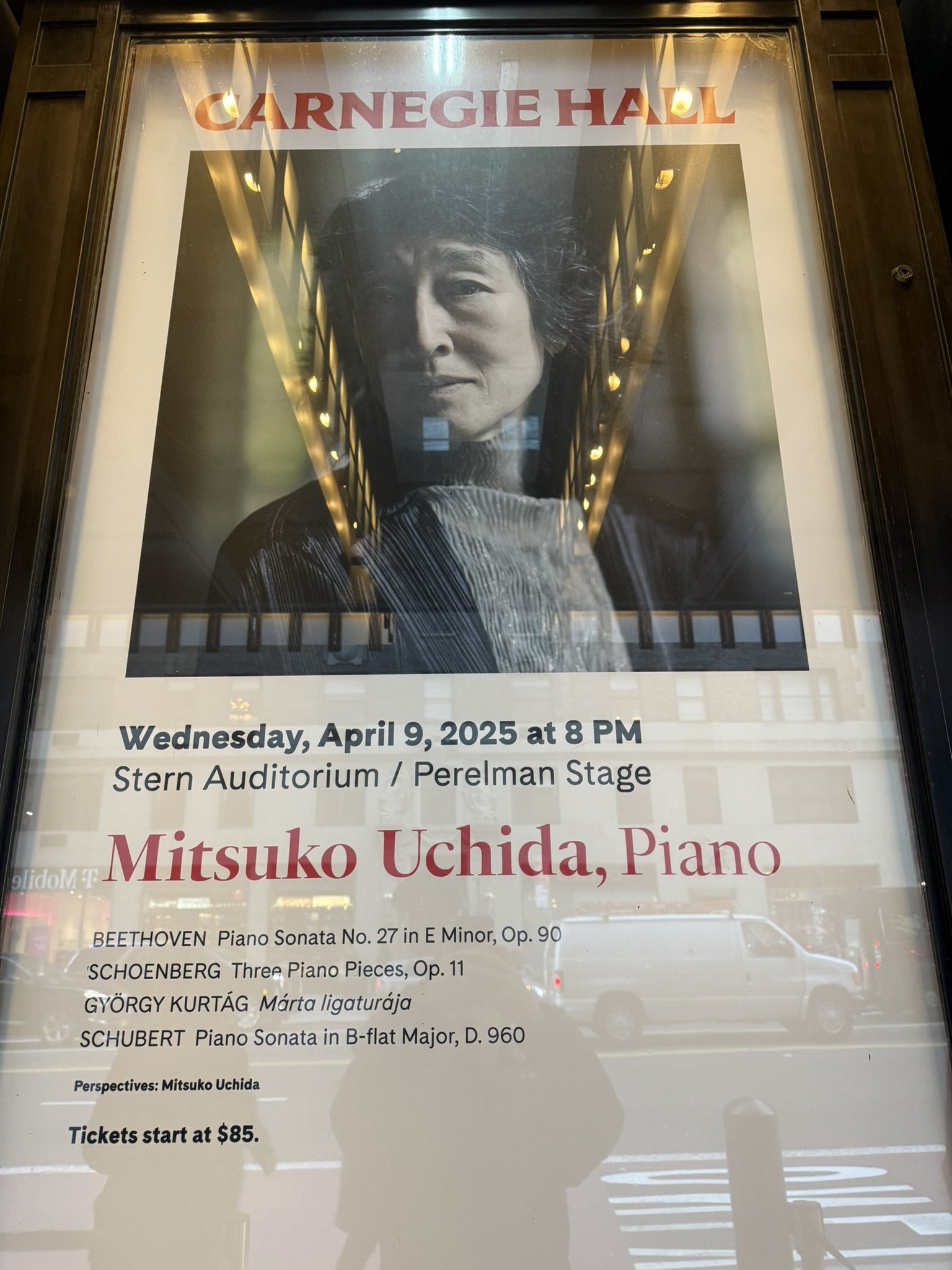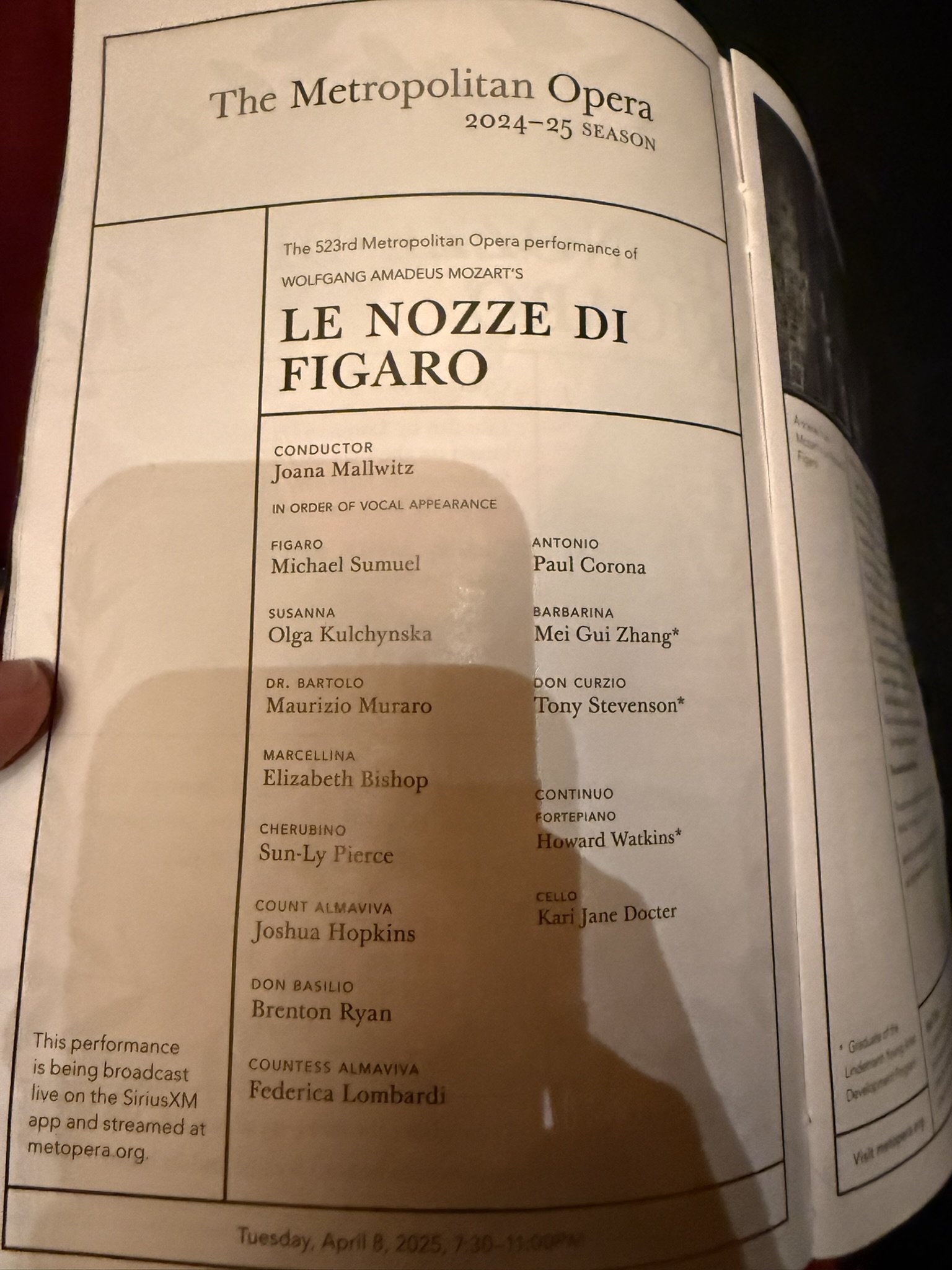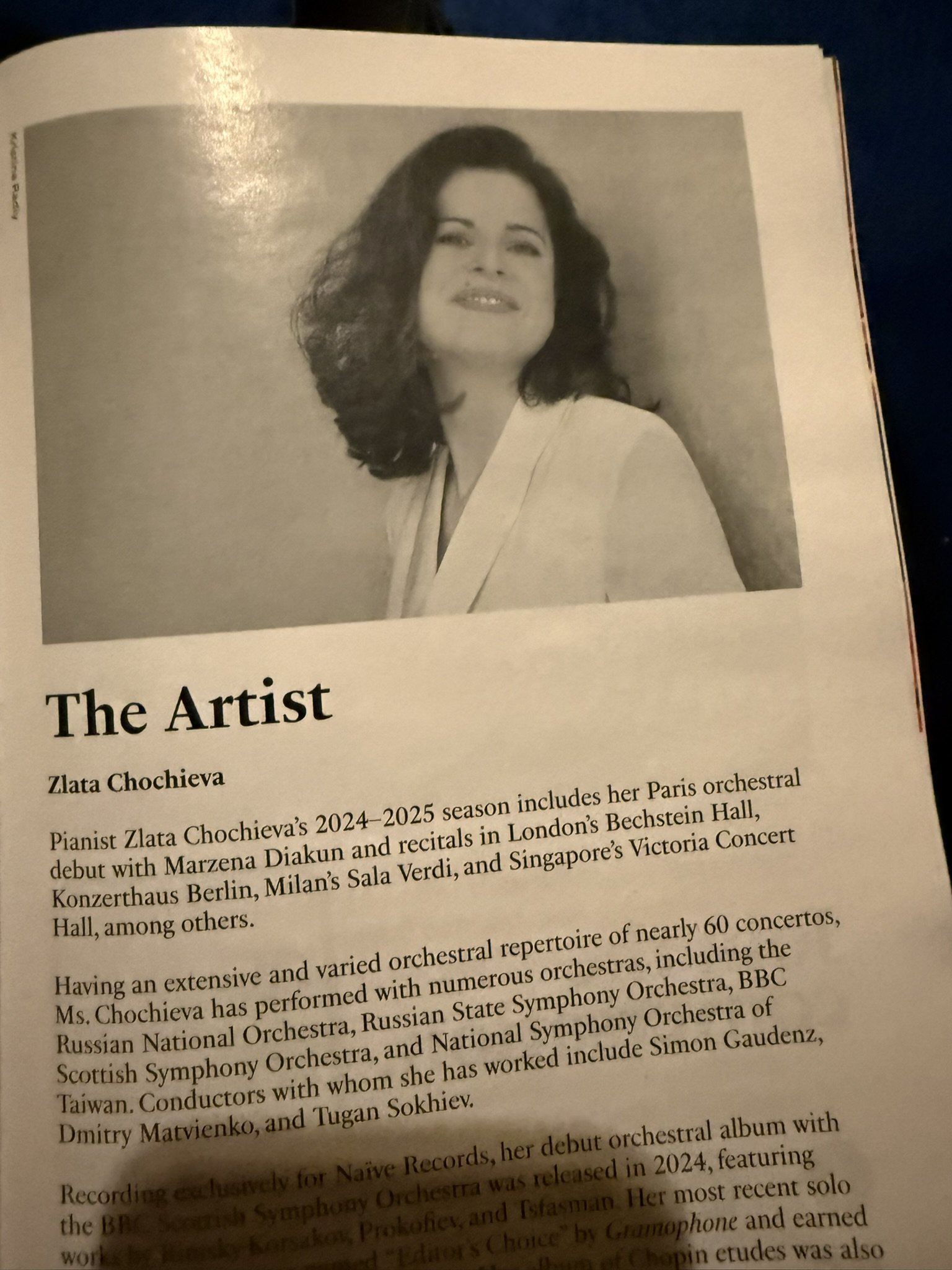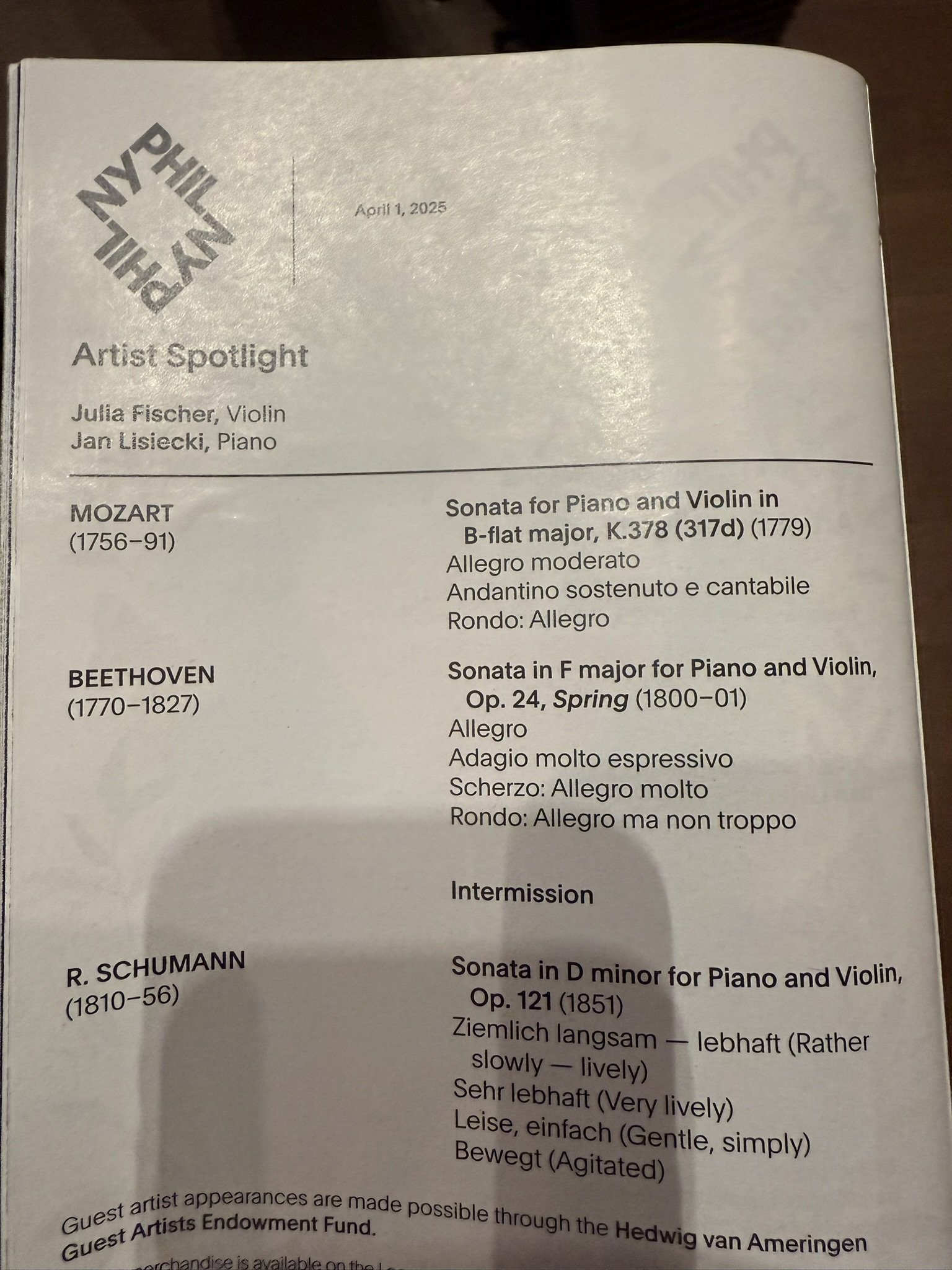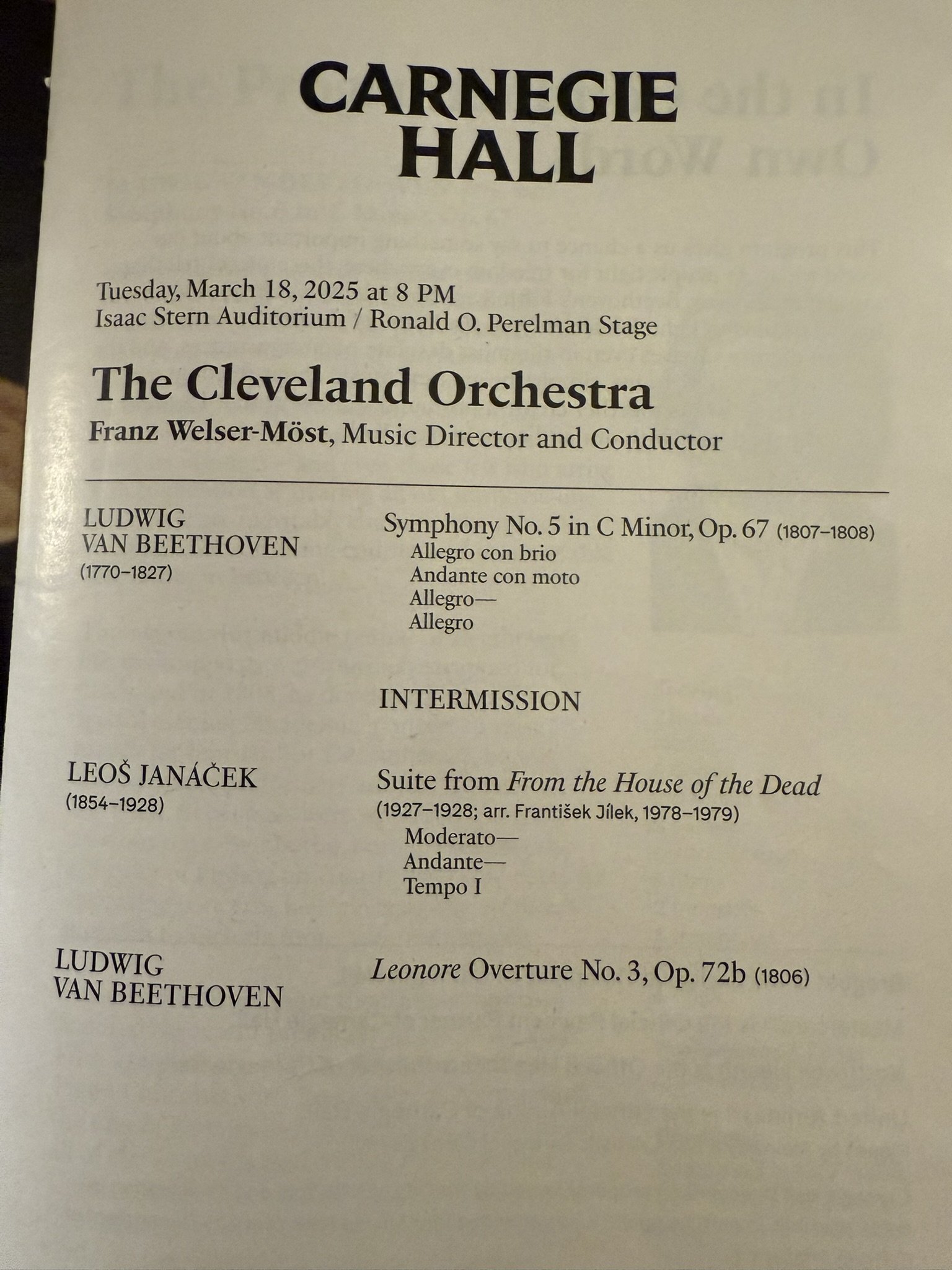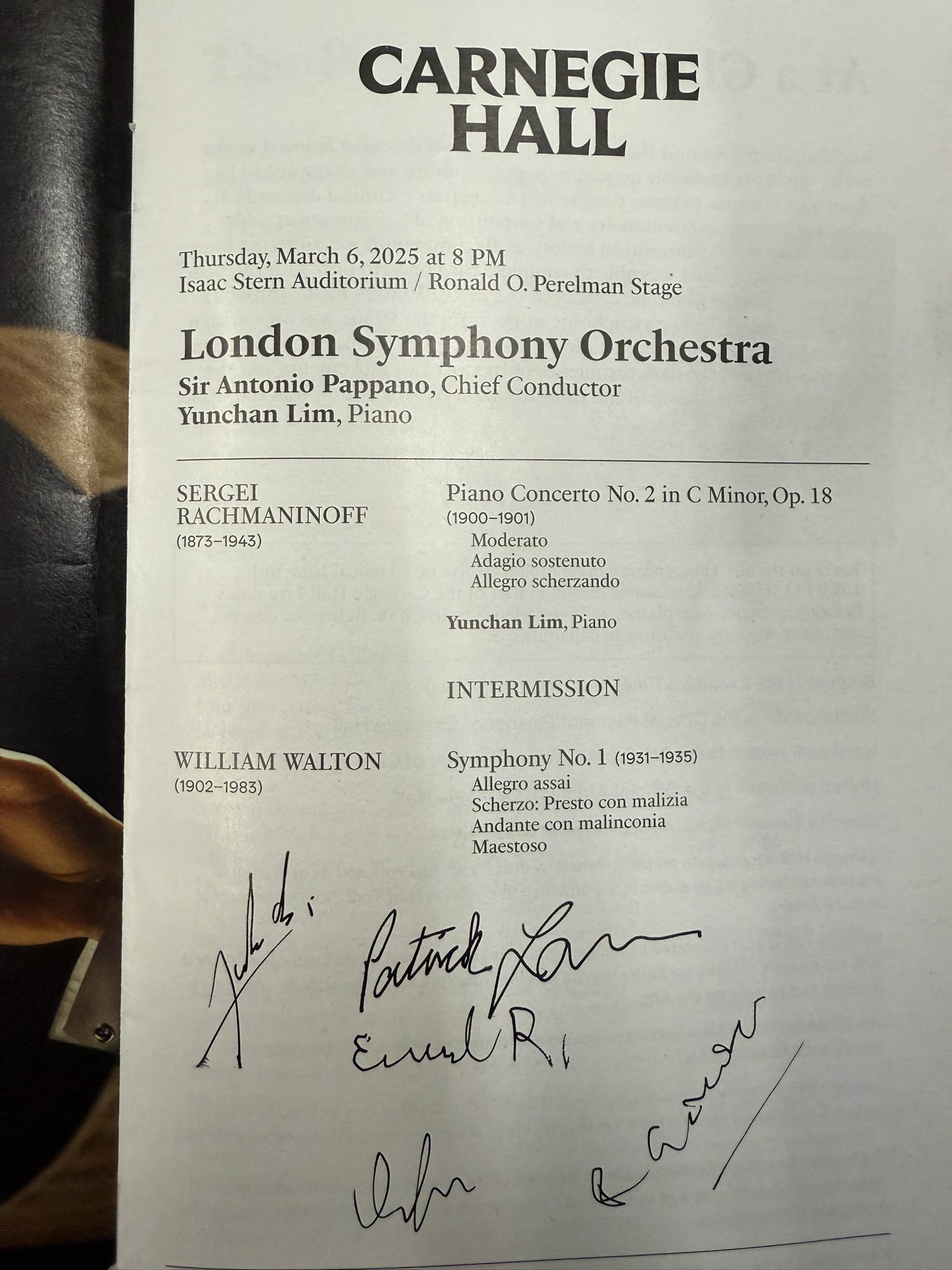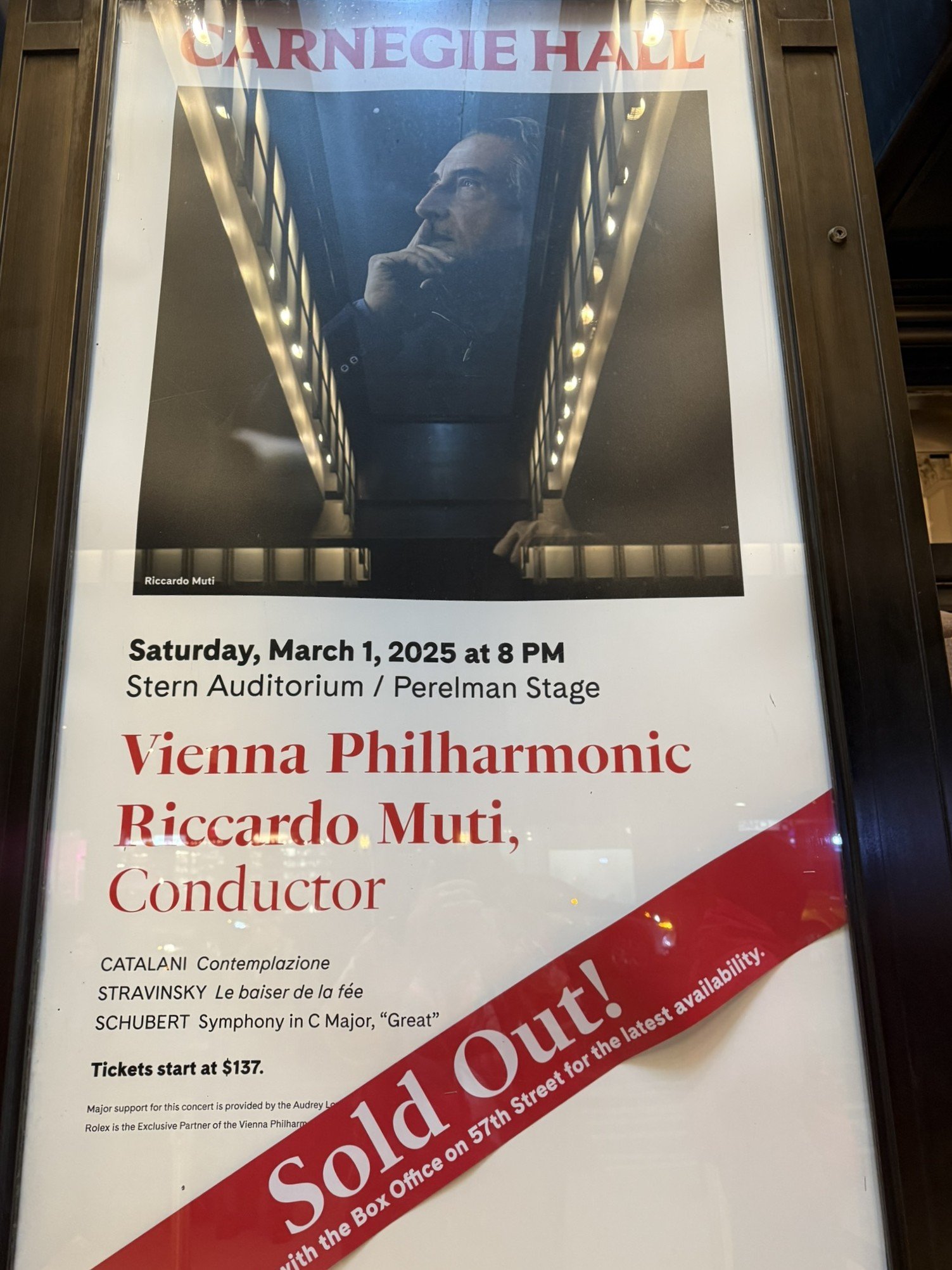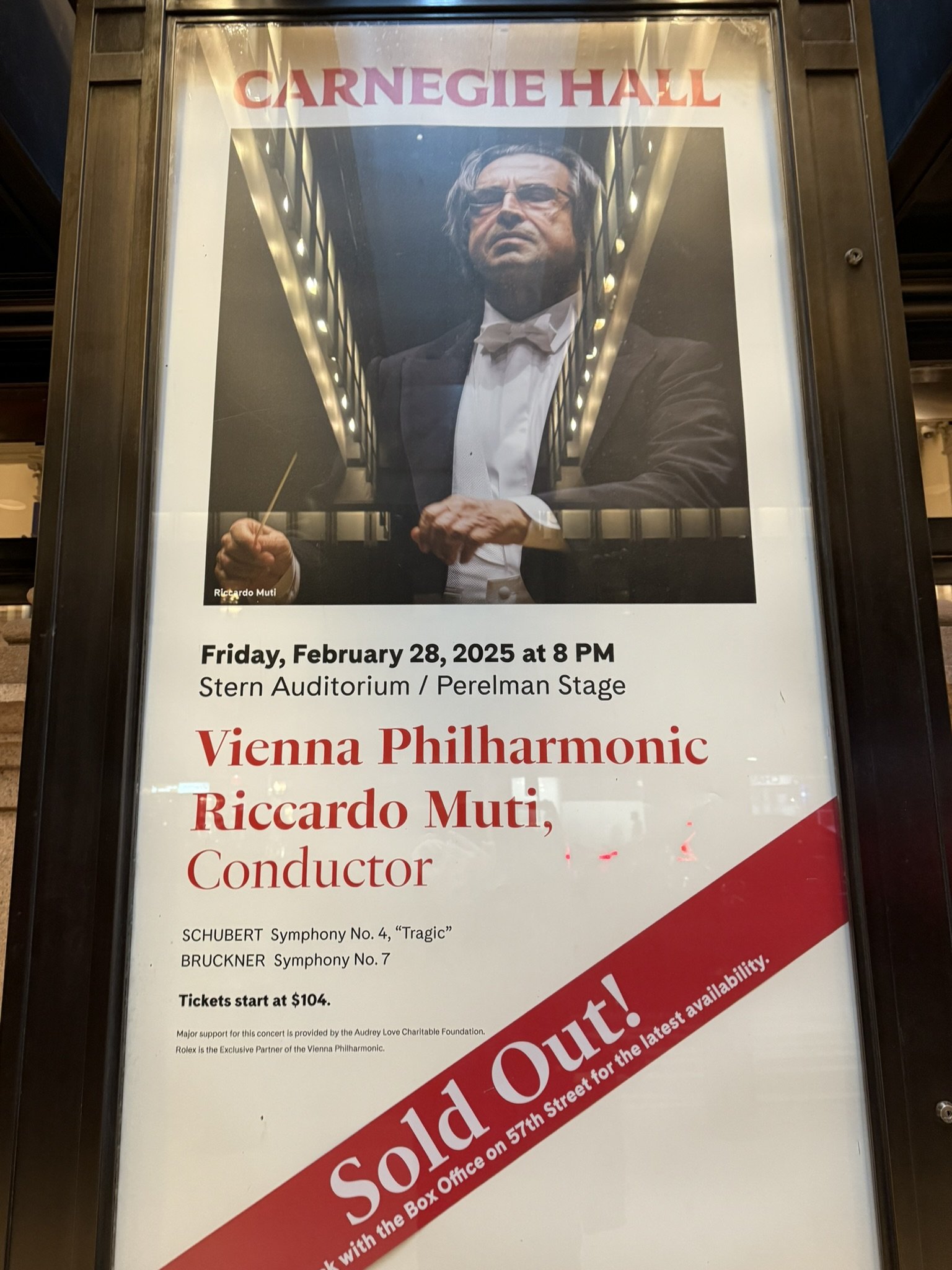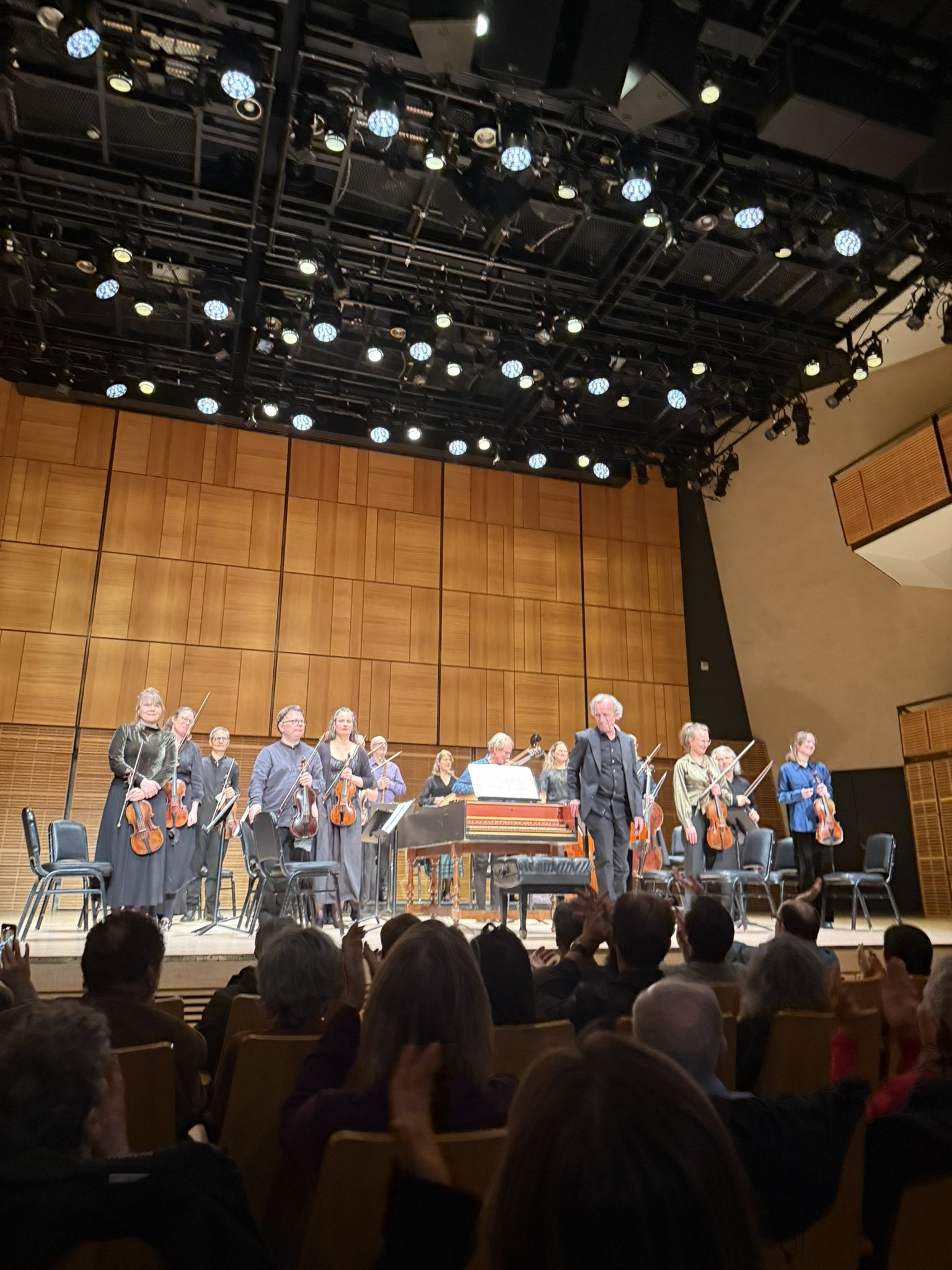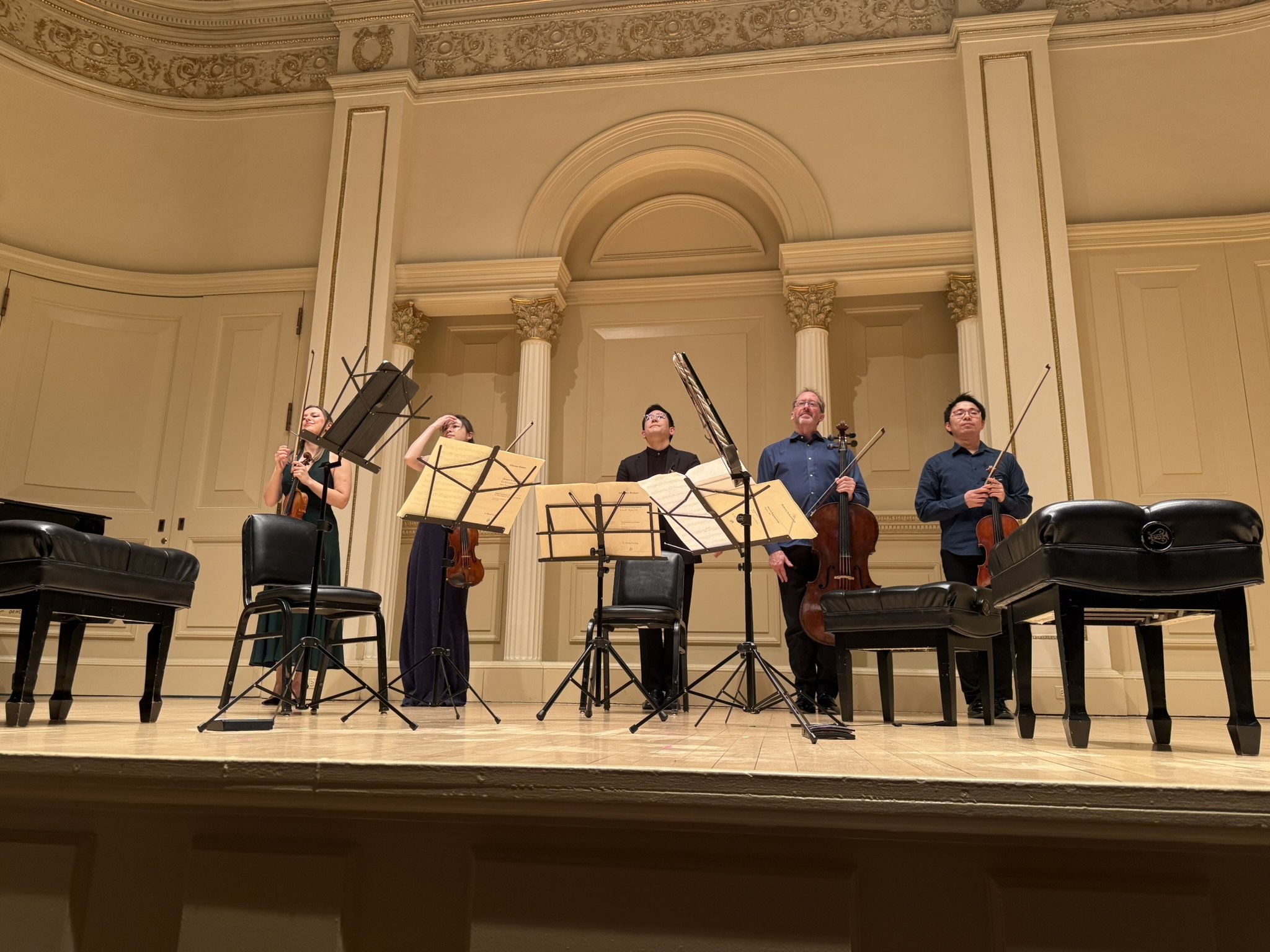Extensive symphonic experience and exceptional soloists at LA Philharmonic.
Read MoreSeverance Hall, Cleveland
THE ROOTS OF FORGIVENESS, Cleveland Orchestra at Severance Hall, Ohio
The Cleveland Orchestra under Franz Welser-Möst performed Janáček’s Jenufa at Severance Hall (May 25). With Nina Stemme as Kostelnička, the music’s raw motifs and immediacy revealed Janáček’s deep empathy for ordinary lives. Unlike New York, the intimacy of Severance Hall revived the author’s youthful passion for music.
Read MoreThe five must-see works at the Metropolitan Opera in 2025-26
The Met’s 2025–26 must-sees: Tchaikovsky’s Onegin with a world-renowned diva, Wagner’s Tristan under Yannick and Sharon’s new staging, Strauss’ poignant Arabella, Saariaho’s contemporary Innocence, and a fresh production of Mozart’s Don Giovanni.
Read MoreTchaikovsky's Salvation, Queen of Spades at Met Opera
At the Met’s Queen of Spades, Herman, consumed by gambling, betrays Lisa to learn the Countess’s secret, leading to Lisa’s suicide and his own. Tchaikovsky’s drama blends corrupted aristocracy, aching folk songs, and Herman’s tormented passions. Stunning contrasts of love, riveting choruses, and Sonya Yoncheva’s tragic Lisa made it unforgettable.
Read MoreNew Salome at The Met
Claus Guth’s new Salome at the Met reimagines Strauss’ 1905 shocker with seven Salomes, tracing abuse, obsession, and fractured identity. Transparent orchestral colors heighten the perverse, ecstatic drama, while Elsa’s portrayal adds compassion over pure decadence. Childhood, violence, and desire fuse in a haunting 21st-century vision.
Read MoreNelsons and Boston Symphony tell Shostakovich's Nabat
At Carnegie Hall, the BSO and Andris Nelsons performed an all-Shostakovich program with Yo-Yo Ma in the Cello Concerto No. 1 and the Symphony No. 11. Before playing, Ma said, “We play Shostakovich so that no death is ever just a statistic.” The concerto’s D-S-C-H motif, ironic colors, and Russian soul resonated deeply, honoring the composer’s legacy.
Read MoreBoston Symphony and Nelsons tell Shostakovich's magic spel at Carnegie Hall
4.23.2025. Andris Nelsons led the BSO with Mitsuko Uchida in Beethoven’s Piano Concerto No. 4, her quiet intensity evoking a sense of struggle, fragility, and resolve. Shostakovich’s final Symphony No. 15 followed—whimsical, grotesque, and haunted by death. The concert felt less about form than shared spirit, Boston’s essence shining through.
Read MoreMitsuko Uchida Carnegie Hall Recital
Pianist Uchida's recital (Apr 9) paired Beethoven’s Sonata Op.90, Schoenberg’s atonal Op.11, Kurtág’s elegy, and Schubert’s final Sonata D960. With clarity and depth, she traced battles of head and heart, Schoenberg’s freedom, Kurtág’s grief, and Schubert’s fragile late beauty—an intimate journey across centuries of sound.
Read MoreJoana Mallwitz - Metropolitan Opera debut by true globalist comedy
At the Met, Mozart’s Le nozze di Figaro reveals 18th-century aristocratic life through human drama and elegant polyphony. Under Joana Mallwitz, the orchestra’s dynamics highlight solos and recitatives, while a diverse cast portrays love, jealousy, and forgiveness. The Count’s apology brings a moving coda, blending humor, emotion, and harmony.
Read MoreChochieva's Carnegie Debut
Zlata Chochieva’s Carnegie Hall debut (Apr 2) showcased Bach, Schumann, Brahms, Rachmaninoff, and Mendelssohn. Her delicate tone, deep expression, and nuanced control brought out both youthful intensity and mature depth. The recital, capped by Rachmaninoff and Villa-Lobos encores, was a masterful and memorable debut.
Read MoreJulia Fischer and Jan Lisiecki's Spring battle in New York
Julia Fischer and Jan Lisiecki performed at the newly renovated David Geffen Hall on April 1st. Their program featured Mozart, Beethoven, and Schumann, highlighting the evolving violin-piano dialogue: Mozart’s piano leads, Beethoven balances both, and Schumann favors the violin. The hall’s intimate acoustics enhanced the purity of Mozart, the expansiveness of Beethoven, and the passion of Schumann, while the performers’ interplay created a thrilling, deeply expressive evening, capped by two encores.
Read MoreWelser-Möst and Cleveland Orchestra's 23rd years fate at Carnegie Hall
Franz Welser-Möst and the Cleveland Orchestra performed at Carnegie Hall on March 19, presenting Stravinsky’s Petrushka and Tchaikovsky’s Symphony No. 5. Mösto’s passionate direction revealed every nuance, from Petrushka’s playful mischief to Tchaikovsky’s portrayal of fate. The orchestra’s precision, expressive solos, and vivid storytelling made for an emotionally powerful, masterful evening.
Read MoreFranz Welser-Möst and the Cleveland Orchestra - Fighter for freedom at Carnegie Hall
Möst and the Cleveland Orchestra faced challenges but triumphed in their 23rd New York concert. They opened with Beethoven’s “Fate” Symphony, performed Janáček’s poignant suite from From the House of the Dead, and ended with Beethoven’s Leonore No. 3, celebrating freedom, courage, and human dignity with deep sincerity and passion.
Read MoreLondon principals' autographs from the left, Julián Gil Rodríguez, Second Violin, Patrick Laurence, Double Bass(center top), Eivind Ringstad, Principal Viola(the center middle), Andrej Power, Concertmaster(the center bottom), Rebecca Gilliver, Principal Cello(the right)
Londonians Sparkle with Pappano at Carnegie Hall
The London Symphony Orchestra with Antonio Pappano performed Rachmaninoff’s Piano Concerto and Walton’s Symphony No. 1 at Carnegie Hall on March 6. Rachmaninoff’s concerto glowed with lyrical flow, sublime solos, and shimmering orchestral detail, while Walton’s rarely heard symphony brought restless rhythms, fierce dissonances, and a Sibelius-like finale. A fresh, masterful program.
Read MoreLondon Symphony and Antonio Pappano at Carnegie Hall
Antonio Pappano led the London Symphony Orchestra at Carnegie Hall on March 5, marking the final concerts of his first US tour as music director. Refined dynamics, unity, and stellar musicians defined the evening. Walker’s Sinfonia No. 5, Bernstein’s Serenade, and Mahler’s Symphony No. 1 revealed LSO’s distinctive timbre and virtuosity, leaving a rare, unforgettable evening.
Read MoreGlobe: Muti and Vienna unified us at Carnegie by Mozart and Dvorak last Symphonies
On March 3 at Carnegie Hall, Muti and the Vienna Philharmonic paired Mozart’s Jupiter Symphony with Dvořák’s New World. Their Mozart shone with golden string tone, lyrical winds, and a finale fugue evoking an ideal society. Dvořák unfolded with grandeur and suspense, uniting audience, orchestra, and maestro in a profound global communion.
Read MoreMuti brings out the best in Venna at Carnegie Hall
Riccardo Muti, 83, led the Vienna Philharmonic at Carnegie Hall on March 1 in the second of a three-day series. Catalani’s Contemplazione glowed warmly, Stravinsky’s Divertimento sparkled with fairy-tale color, and Schubert’s “Great” Symphony unfolded at a steady, poetic pace—Vienna’s unique tone making it unforgettable.
Read MoreAssertion, Sympathy, and Harmony: Riccardo Muti and Vienna Philharmonic at Carnegie Hall
Muti, 83, has led the Vienna Philharmonic annually since 1971. Their decades-long bond shone in Schubert’s Symphony No. 4, where solos blended into lyrical unity, full of empathy and charm. Bruckner followed with vast landscapes and glowing string tremolos. Smiling, Muti closed within Vienna’s circle, radiating joy.
Read MoreScandinavian Trouvères, Concerto Copenhagen and Lars Ulrik Mortensen's DNA
Concerto Copenhagen and Lars Ulrik Mortensen performed at Zankel Hall on Feb 25, bringing Muffat’s Armonico Tributo alongside Handel and Bach. The ensemble’s vivid, empathetic playing fused German, French, and Italian styles into living music—by turns joyful, sorrowful, and full of human spirit—capturing Baroque internationalism with fresh vitality.
Read MoreBrahms’s Clarintet Quintet, Maria Ioudenitch, 1st Violin, Stephanie Zyzak, 2nd, Hiroki Kasai, Viola, Peter Stumpf, Cello
Frei aber froh, Marlboro Musicians at Weill Recital Hall
Marlboro Musicians at Carnegie Hall (2.21.25). Schumann’s Fairy Tale opened with clarinet warmth, viola’s insect-like calls, and piano evoking Marlboro’s pastoral sound. Kurtág’s Homage to Schumann (1990) contrasted fragile stillness with Florestan’s eruptions—an intense, fleeting soundscape. Schumann’s String Quartet No. 2 followed with lyric exchanges and athletic drive. Brahms’s Clarinet Quintet closed, highlighting Maria Ioudenitch’s luminous violin, her Adagio evoking a Tchaikovsky concerto. Across eras, the ensemble revealed connections, vitality, and new possibilities.
Read More

